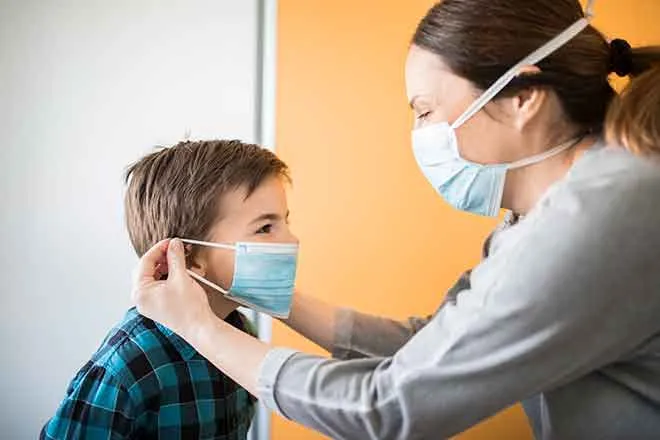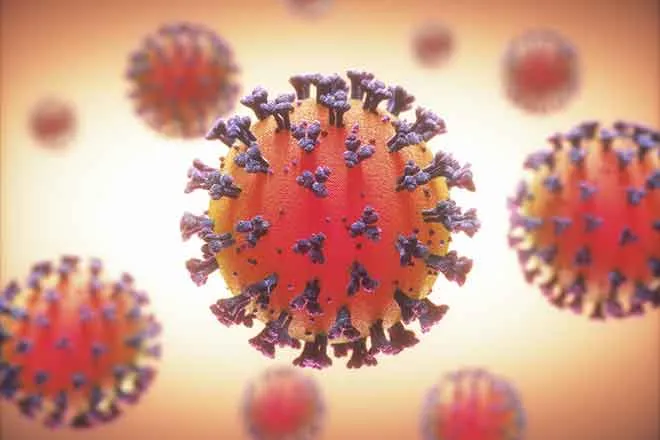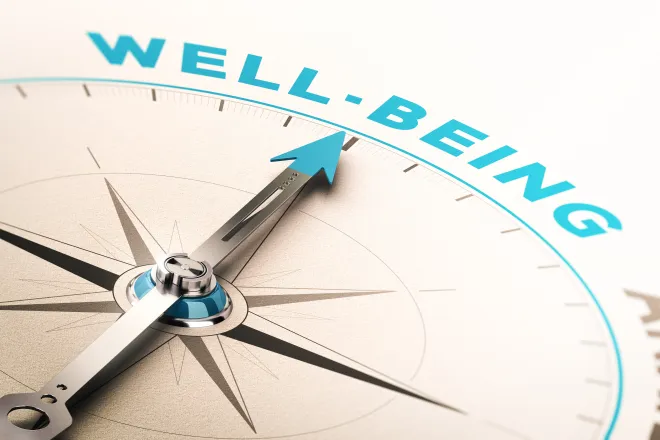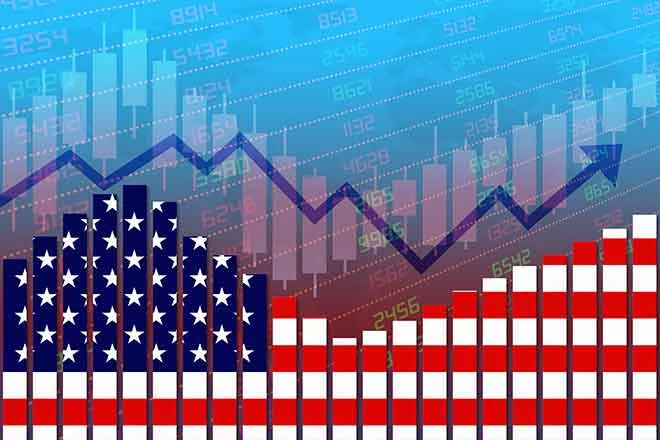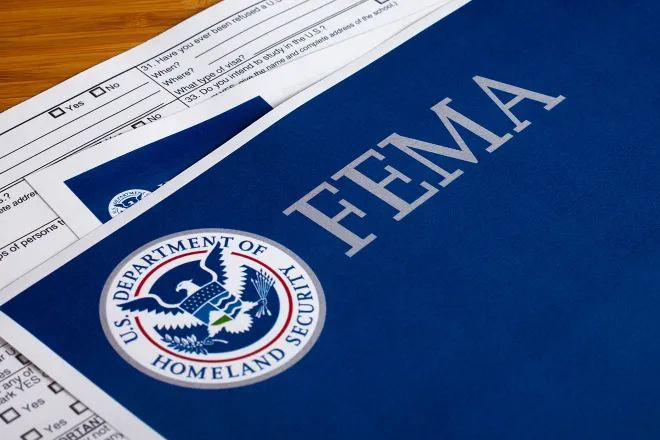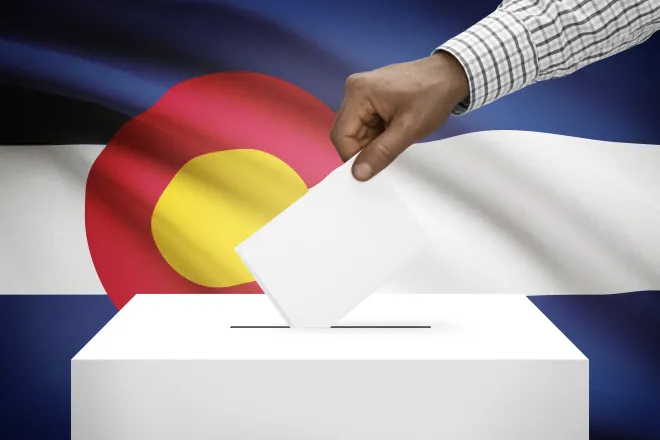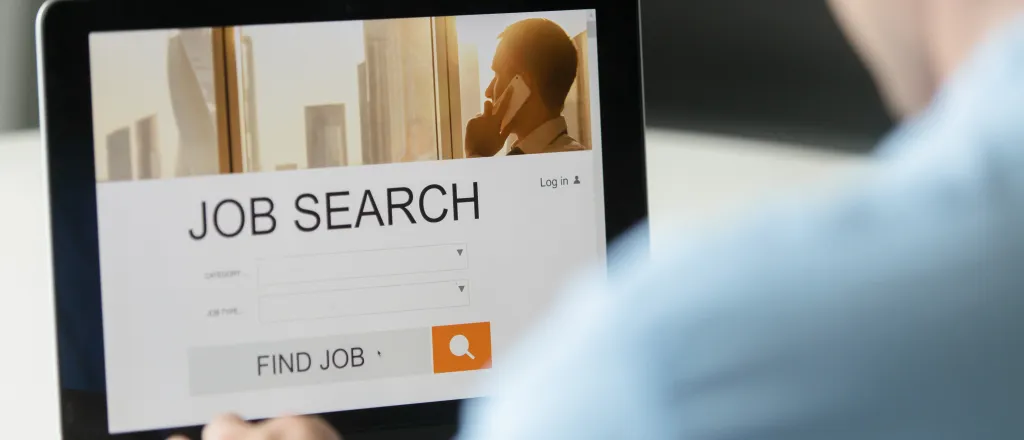
More than 5.2 million Americans file new unemployment claims; four-week total climbs above 20 million
(The Center Square) – More than 5.2 million Americans filed unemployment claims last week as the monthlong surge in layoffs and furloughs continued because of stay-at-home orders in response to the COVID-19 pandemic.
The 5.24 million claims for the week that ended April 11, as reported Thursday by the U.S. Department of Labor, is down 1.37 million from the week prior, when 6.61 million people filed for unemployment, according to the department.
About 22 million people have filed for unemployment benefits over the past four weeks.
"The advance seasonally adjusted insured unemployment rate was 8.2 percent for the week ending April 4, an increase of 3.1 percentage points from the previous week's unrevised rate," the release from the Department of Labor stated. "This marks the highest level of the seasonally adjusted insured unemployment rate in the history of the seasonally adjusted series. The previous high was 7.0 percent in May of 1975."
The latest unemployment report comes on the same day President Donald Trump promised a "big" announcement on when and how parts of the country will begin to reopen.
At Wednesday's briefing of the White House Coronavirus Task Force, Trump said he was talking to the nation's governors this morning about new federal guidelines that will allow many shuttered businesses to reopen, but at first only in pockets of the country least affected by the novel coronavirus that has killed more than 28,000 Americans.
"They'll be safe, they'll be strong, but we want to get our country back," Trump said.
Governors from a number of states have described their own plans for reopening their economies.
On Tuesday, California Gov. Gavin Newsom outlined a comprehensive plan for easing restrictions on the state's residents and businesses that included individuals needing to wear masks in public, temperatures being taken before people enter businesses, restaurants reopening but with fewer tables so social distancing guidelines can be continued, and schools staggering schedules so fewer students attend at one time.
A group of seven northeastern states – including New York and New Jersey, the epicenter of the pandemic in the U.S. – also has begun discussions about what reopening the economy would like regionally.

